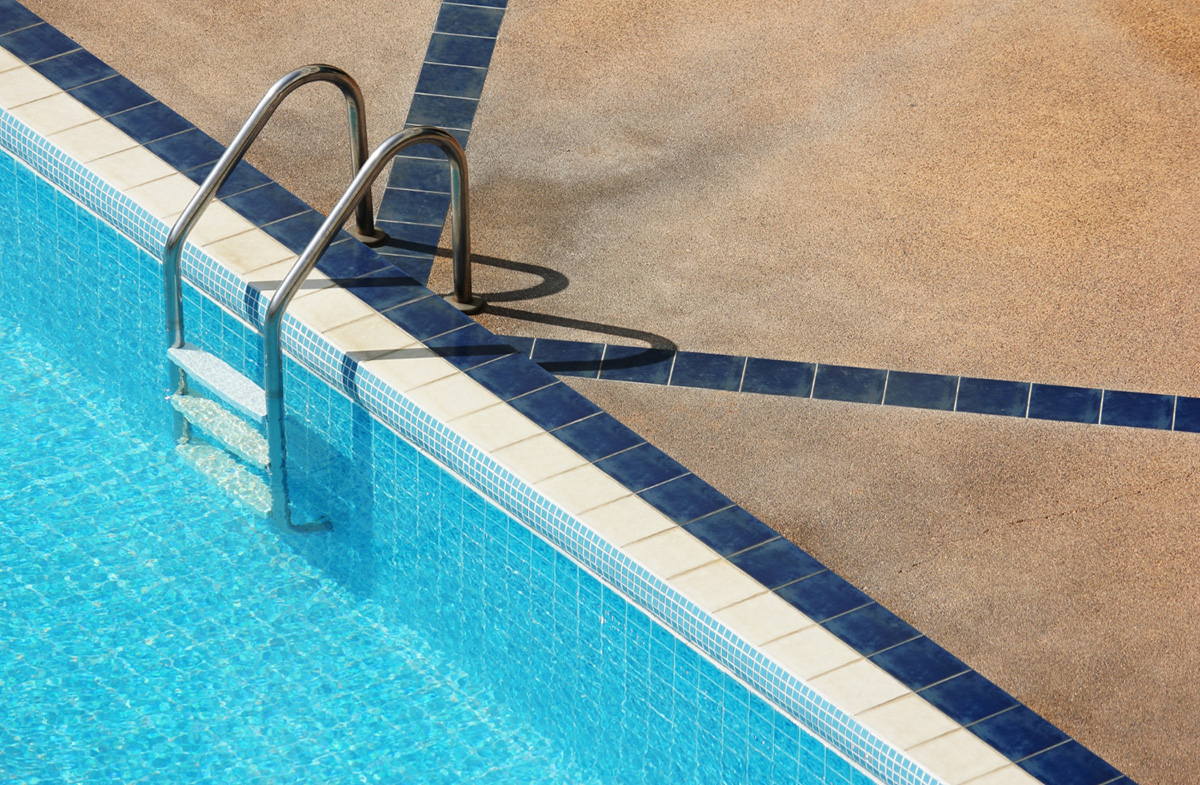A Comprehensive Guide to Replastering Your Pool

Your pool is your backyard oasis, your escape from the heat and hustle of everyday life. Whether you use it for exercise, relaxation or simply as the centerpiece of summertime fun, it’s important that it stays in top condition and continues to meet your needs for years to come. One of the critical components of maintaining a healthy and beautiful pool is replastering, which must be done periodically as the existing plaster deteriorates over time. With the right preparation, equipment, and guidance, you can learn to replaster your pool like a pro, ensuring that it stays in top condition and never loses its shine.
The first step in replastering a pool is to assess the condition of the existing plaster. If the plaster is severely deteriorated or damaged, it may be necessary to remove it entirely and start from scratch. However, if it’s in relatively good condition, you may be able to simply apply a fresh coat of plaster on top of the existing material. Before you begin, drain your pool, and make note of any cracks, chips or discoloration you observe around the edges, corners, and walls.
Once you’ve assessed the condition of the existing plaster, it’s time to prepare the surface for replastering. This involves a thorough cleaning of the pool interior and the application of a bonding agent, which helps the new plaster adhere properly to the surface. Using a mix of water and muriatic acid, scrub your pool walls, floor, and tile work, while making sure to remove any algae growth or other debris. After rinsing thoroughly and letting the surface dry, apply the bonding agent with a large brush or roller, making sure to cover the entire surface in a thin layer.
After preparing the surface, you can begin the actual replastering process. This involves mixing plaster, applying it to the surface, and smoothing it out until it achieves a uniform texture and thickness. There are several types of pool plaster you can use, including white marble, colored quartz, and pebble tec, each of which provides a unique look and texture. You may also choose to add color, texture, or accent tiles to your pool walls and floors, depending on your preferences and budget.
Once you’ve applied the new plaster, the last step is to let it dry and cure completely. This can take anywhere from several days to a few weeks, depending on the weather and other factors. During this time, it’s important to keep your pool empty and off limits, to prevent damage or cracking to the new plaster. When the plaster is completely dry, you can refill your pool and start enjoying your newly refreshed and rejuvenated pool!
Conclusion
Replastering a pool may seem like a daunting task, but with the right guidance and materials, you can do it like a pro. By following the steps outlined in this guide, you can ensure that your pool stays in top condition and continues to provide you and your family with endless hours of fun, relaxation and rejuvenation. Remember, if you’re looking for pool plastering in Tampa, FL, Aqua Coat Pool Plastering is always here to help! Contact us today for a free estimate and let us help you transform your pool into the backyard oasis you’ve always wanted.